VOL- 1, ISSUE- 3, PUNE RESEARCH WORLD (ISSN 2455-359X) JIF 2.54
1.3
Area of Article : ALL
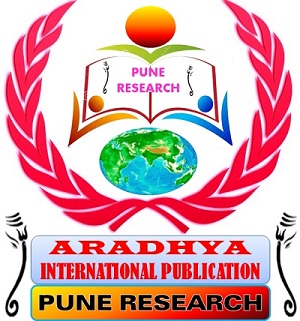
VOL- 1, ISSUE- 3, PUNE RESEARCH WORLD (ISSN 2455-359X) JIF 2.54
1.3

VOL- 1, ISSUE- 3, PUNE RESEARCH WORLD (ISSN 2455-359X) JIF 2.54
1.3.1

In the present paper
some observations are noted by taking into consideration the earlier criticism
on this anthology. Though the writer has not divided these poems, present paper
attempts to divide them systematically. This paper studies the first part of
the anthology without any restriction of the page limit.
VOL- 1, ISSUE- 3, PUNE RESEARCH WORLD (ISSN 2455-359X) JIF 2.54
1.3.2
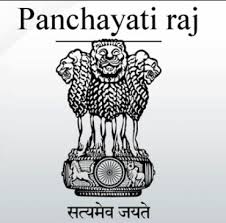
The passage of the Act, 1992 marks a new era in the federal democratic
set-up of the country in the post liberalized era and provide constitutional
status to the Panchayati Raj Institutions for eliminating their defects noticed
in the working of Panchayati Raj as well as giving a wider representing based
and more powers to the PRIs, the Parliament enacted the 73rd Amendment Act,
1992. The new act maintained the three tier structure of Panchayati Raj and
also amended their composition and power. This act specially included the XIth
Schedule (Article 143G) for the rural development and people’s participation.
Key Words: 73rd Amendment, Panchayati
Raj, Rural Development.
VOL- 1, ISSUE- 3, PUNE RESEARCH WORLD (ISSN 2455-359X) JIF 2.54
1.3.3
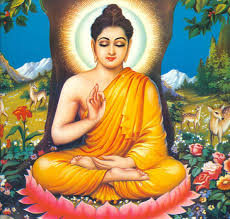
An early Buddhist teaching says: "What we are today comes from our thoughts of yesterday, and our present thoughts build our life of tomorrow. Our life is the creation of our mind". Karma means intended action, and is a dynamic concept. It is not fate or predestination, but a consequence of what has gone before. In other words, you are now in circumstances because of your thoughts and decisions, and this is an on-going process. That is, new actions create new Karma. The Buddha divides kamma ethically right down the middle into two different classes, wholesome kamma ("kusala kamma") and unwholesome kamma ("akusala kamma"). Unwholesome kamma is action which is spiritually harmful and morally blameworthy. Wholesome kamma is action which is spiritually beneficial and morally praiseworthy.
VOL- 1, ISSUE- 3, PUNE RESEARCH WORLD (ISSN 2455-359X) JIF 2.54
1.3.4
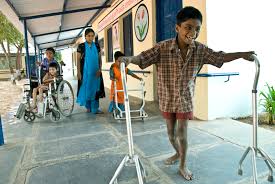
VOL- 1, ISSUE- 3, PUNE RESEARCH WORLD (ISSN 2455-359X) JIF 2.54
1.3.5

Quality research can only be achieved with continuous interrogation, detailed study, dedication to the field, interest in the topic and hard work. All academics need not necessarily be the researchers and vice versa. Unfortunately academics career advancement and earning potential are scaled according to the number of SAPSE accredited research article that they have published. The number of research articles that an academic publishes, will determine their position within an academic institution. This will also determine your financial value to the institution and the remuneration that you will be awarded. Research that must come out of one’s own interest becomes a forced one and pre matured one due to the relationship between the research papers they published and their remuneration or their position in an academic institution. When publication is the yard stick for one’s scholarship, research becomes a page filling exercise and a researcher needs to adopt a HR technique with existing publishers to ensure papers are published regularly in reputable journals. More over in post-colonial countries where the language of English is considered as knowledge, writing something in English becomes a research. This paper will concentrate on personal encounters with research undertakings and researchers that are faced with the looming threat of “publish or perish” in the hard-pressed academic environment.
Keywords: Research, Quality, Academicians, English & Post-Colonial countries
VOL- 1, ISSUE- 3, PUNE RESEARCH WORLD (ISSN 2455-359X) JIF 2.54
1.3.6
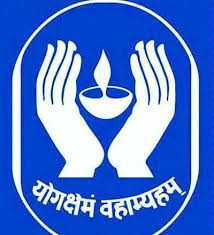
This is an attempt to present a progressive detailed discussion on the
work life. The Work life balance refers to the balancing the personal life and
work. The person might or might not be aware of them. Work life balance is a
future –Oriented decision whose main objective is to Identify and evaluates the
balancing of the Employees to assume higher positions and responsibilities in
the organizational hierarchy. Work-Life balance is defined as the balance
between an employee's work demands and outside interests or pressures is a long
standing but ever-evolving area of corporate social responsibility. The safe
work environment provides the basis for the person to enjoy working. The work
should not pose a health hazard for the person. The employer and employee,
aware of their risks and rights, could achieve a lot in their mutually
beneficial dialogue...
VOL- 1, ISSUE- 3, PUNE RESEARCH WORLD (ISSN 2455-359X) JIF 2.54
1.3.7

Nowadays we can say that the scenario inside the classroom is totally
different. Before some decades, whatever the teachers used to teach would be
the Vedas for all the students. But when the new economic policy was
implemented it became very tough for teachers to handle students. The students
know well that this world is becoming very competitive and if they do not study
well, they have to suffer a lot in the future. At the same time chances are
there for them to succumb to the situation of them not understanding, or their
presence not being recognized by their teachers. To be recognized by their
teachers, they misbehave inside the classroom. By that they ask their teachers,
“please recognize us”, but in a disruptive way for which teachers normally
retaliate with severe punishment. So for the teachers it is very important to
enter the classroom with good pedagogical methods to create a positive
classroom climate.
VOL- 1, ISSUE- 3, PUNE RESEARCH WORLD (ISSN 2455-359X) JIF 2.54
1.3.8
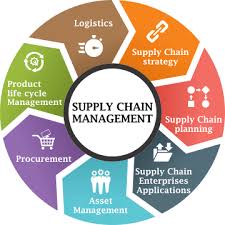
Impact of globalization policy India has accepted, many Indian and
foreign company’s started business in India due to global manufacturing hub.
Increasing demand in domestic and international markets is opening a new world
of opportunities for the Indian Industry. Indian industries to provide cost
effective quality output with stringent delivery schedules. Issues in supply of
inferior quality, delayed supply, unwarranted cost escalation, etc. would
adversely impact the credibility and business potential of the Indian industry.
Amongst many difficulties faced by Indian manufacturers, supply chain
disruption management is a major issue, which can result in large tangible and
non-tangible losses. The current research paper deals with Supply Chain
Management is and how it is affecting organizations, what are different challenges
and it can be proved as a tool for improving overall performance in today’s
global competitive environment.
Key words: supply chain management, SME, issues and Challenges
VOL- 1, ISSUE- 3, PUNE RESEARCH WORLD (ISSN 2455-359X) JIF 2.54
1.3.9
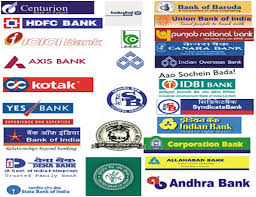
VOL- 1, ISSUE- 3, PUNE RESEARCH WORLD (ISSN 2455-359X) JIF 2.54
1.3.10
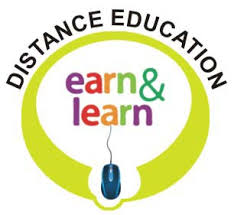
Ever since our country became independent in 1947, education has been
given primary focus by our leaders, as a result of which education has
progressed with leaps and bounds. Higher education in the 21st century can no
more be kept confined within the boundaries of the institutions. The
inadequacies of the conventional education system to cater to the rising expectations
of aspirants of higher education are a well-known fact. Most studies indicate
that those taking asynchronous or the fully online classes are within 30
minutes of the campus offering the class online. Swami Vivekananda had said –
“If a student can’t go to school, the school must come to the student”. This
saying reflects into what is today known as “Distance Education”.
Key Words: Higher Education, Online Education, Mobile Learning, E – Learning
VOL- 1, ISSUE- 3, PUNE RESEARCH WORLD (ISSN 2455-359X) JIF 2.54
1.3.11
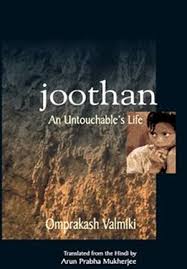
The term ‘Dalit’ forcefully expresses their oppressed status. It comes
from the Sanskrit root ‘dal’, which means to crack open, spilt, crush, grind,
and so forth, it has generally been used as a verb to describe the process of
processing food grains and lentils. It metaphoric usage, still as a verb, can
be seen in descriptions of warfare and vanquishing of enemies. Jotirao Phule
and Dr. B. R. Ambedkar, two towering figures in the pantheon of Dalit history,
were the first to appropriate the word, as a noun and an adjective, in the
early decades of the twentieth century to describe the extreme oppression of
untouchables such as suffering, frustrations, expectations and groaning of the
entire cosmos. The name found a ready acceptance among untouchable communities
all over India such as Achut, Pannchamas, Shudra, Atishudra, Avarnas, Antyajas,
Asparshyas and Pariahs, or government-assigned designation such as Depressed
Castes and Scheduled Castes, or the name bestowed by Gandhi with apparent
goodwill, namely, Harijan, evoked pain and conflict. By identifying as Dalits,
Omprakash Valmiki there embracing an identity that is born in a historic
struggle to dismantle the caste system, responsible for their untouchable
status, and to rebuild society on the principles of human dignity, equality and
respect. The identity of caste as one of the central questions to underscores
the dominance of high caste Hindu point of view in all walks of Indian life,
whether it is literary expression, education or political governance.
Key words: process of processing food grains; struggle to dismantle the caste system, suffering, frustrations, expectations, groaning.
VOL- 1, ISSUE- 3, PUNE RESEARCH WORLD (ISSN 2455-359X) JIF 2.54
1.3.12
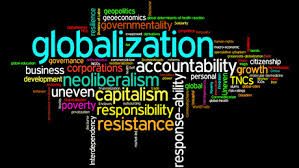
Globalisation is a process of interaction and integration among the
people of different countries, governments, industries, companies etc motivated
by international trade and investment, nowadays, aided by information
technology. The practice has its own effects on economic development, on
political system, on culture of the soil, on the environment and on human
physical well-being in societies across the globe.
VOL- 1, ISSUE- 3, PUNE RESEARCH WORLD (ISSN 2455-359X) JIF 2.54
1.3.13
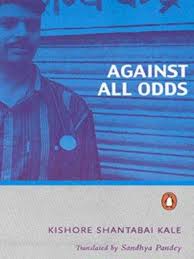
VOL- 1, ISSUE- 3, PUNE RESEARCH WORLD (ISSN 2455-359X) JIF 2.54
1.3.14
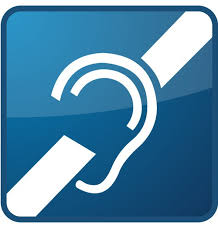
The term curriculum refers to the lessons and academic content taught in
a school or in a specific course or program. Depending on how broadly educators
define or employ the term, curriculum typically refers to the knowledge and
skills students are expected to learn, which includes the learning standards or
learning objectives they are expected to meet; the units and lessons that
teachers teach; the assignments and projects given to students; the books,
materials, videos, presentations, and readings used in a course; and the tests,
assessments, and other methods used to evaluate student learning. An individual
teacher’s curriculum, for example, would be the specific learning standards,
lessons, assignments, and materials used to organize and teach a particular
course.The deaf are those who cannot hear. The teachers of the deaf chidren
spend a lot of time thinking about, studying, discussing, and analyzing
curriculum, and many educators of the deaf have acquired a specialist’s
expertise in curriculum development—i.e., they know how to structure, organize,
and deliver lessons in ways that facilitate or accelerate deaf students
learning. To noneducators, some curriculum materials may seem simple or
straightforward such as a list of required reading, but they may reflect a deep
and sophisticated understanding of an academic discipline and of the most
effective strategies for learning acquisition and classroom management.
VOL- 1, ISSUE- 3, PUNE RESEARCH WORLD (ISSN 2455-359X) JIF 2.54
1.3.15

There have been rapid advancement and effectual changes which have shown far reaching effects on every branch of human learning in the past few decades. Among the negative assailant of the field of education has been the dropout rate of the students from Higher Education Institutes. Counselling services, mentoring programs, tutoring, attendance monitoring or other such policies and devices have failed to bring down the dropout rate which is posing serious challenges to colleges and universities. Increase in truancy and low attendance levels leads to students indulging in anti-social activities. The present paper aims not just aims to understand the challenges and rememdies of bringing down the dropout rate, but also tries to analyse the causes in detail so as to seek an effective and lasting solution to the problem.
Keywords: Challenges in higher education, Increasing dropout rate, Causes, Challenges, Remedies.
VOL- 1, ISSUE- 3, PUNE RESEARCH WORLD (ISSN 2455-359X) JIF 2.54
1.3.16
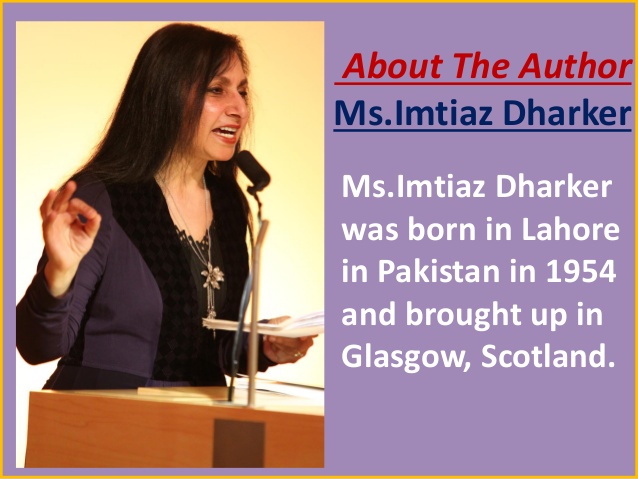
A multi-faceted personality diasporic Muslim poet, a documentary film
maker and a painter. Referring to herself as a Scottish Muslim. Calvinist her
mixed heritage and intinerant lifestyle stands as the core of her writings. The
influence of her paintings adorn her poems and the issues that she holds so
close to her heart are home exile, freedom, identity, religious conflicts and
so on. The present paper aims at exploring the myriad themes depicted by
Dharker in her poems.
VOL- 1, ISSUE- 3, PUNE RESEARCH WORLD (ISSN 2455-359X) JIF 2.54
1.3.17
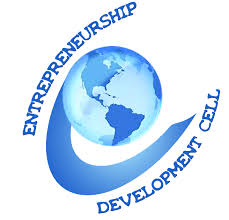
Entreprenuers are born not made is the false say on which Indian
tradition was stick earlier. Entreprises
were concentrate only in some specific communities. Skills required for
business were posses by these family members which cannot be achive by others
was the myth. According to growth of population more and more entreprenuers
should be supplied. Entrepreneurship
development has therefore become a matter of great concern in all
countries. Entrepreneurship development
programmes, or EDPs in short, are deemed to offer the solution to this problem.
EDP can help to induce competencies in entrepreneurs which are Knowledge, Skill
and Motive based.
Competancy or skills or traits learn make the entreprenuer perfect and these can be learn througth EDP. The success of competancy learing is depends upon how successfully the enterprenuer is adopting and applying the traits in the business. SSI and EDP are attach with each other through training programme and support they offer to develop and maintain the attitude and business.
Key Words : EDP : To Development and improve entreprenuership skill, different programmes are designed for different trades, industries, and big projects.